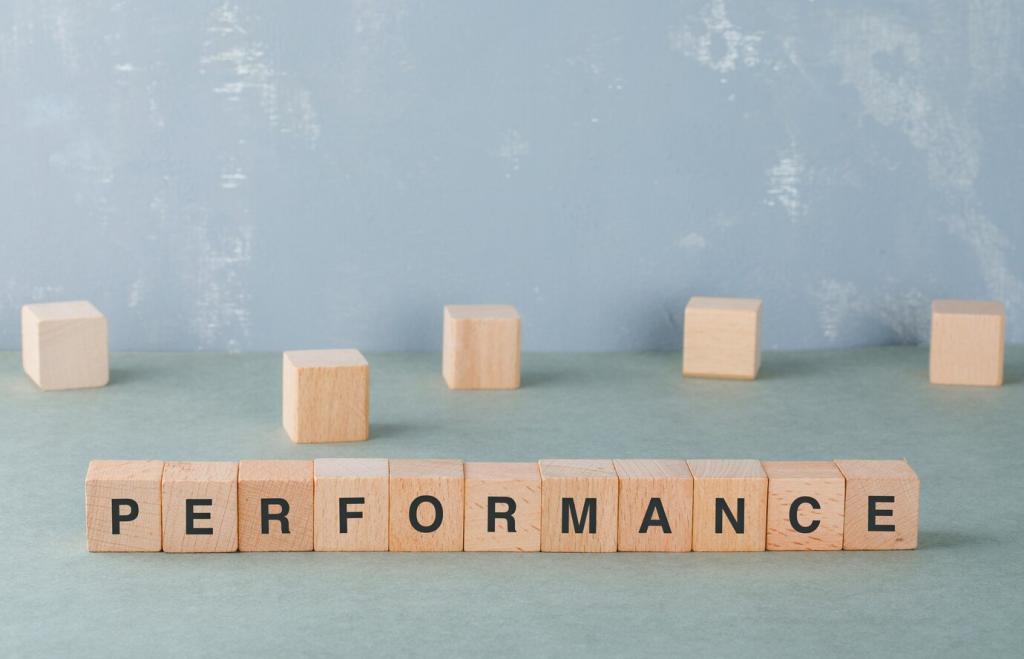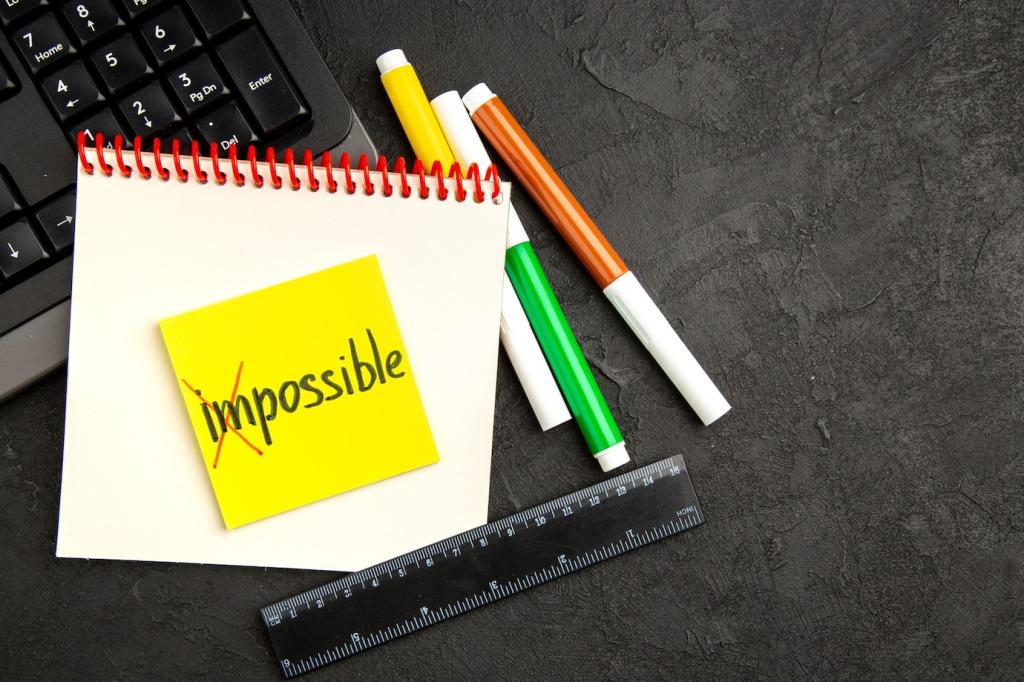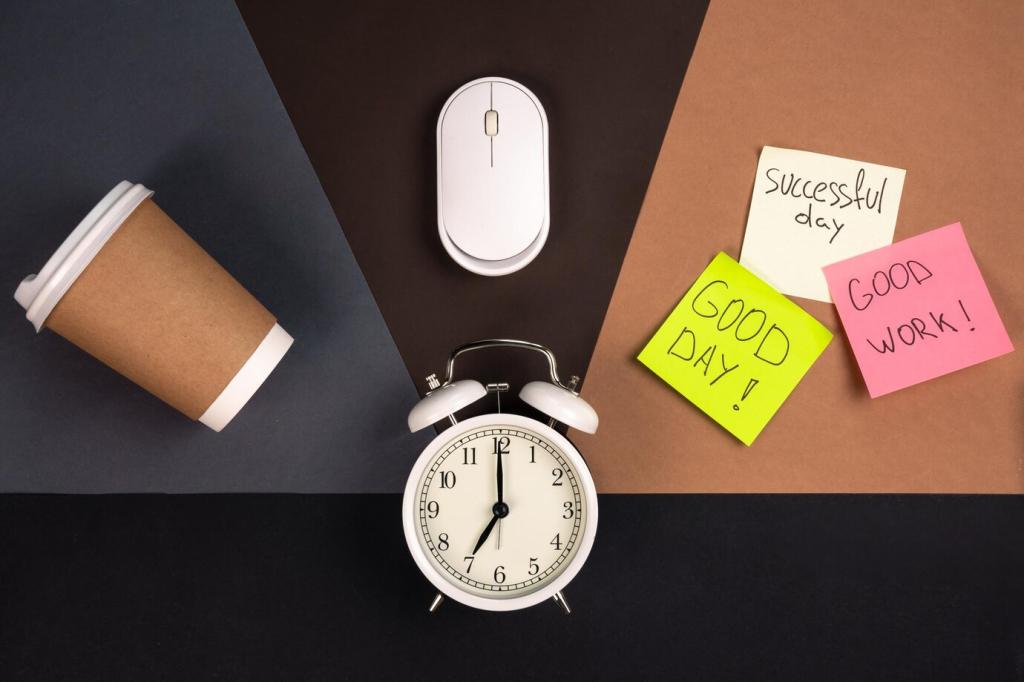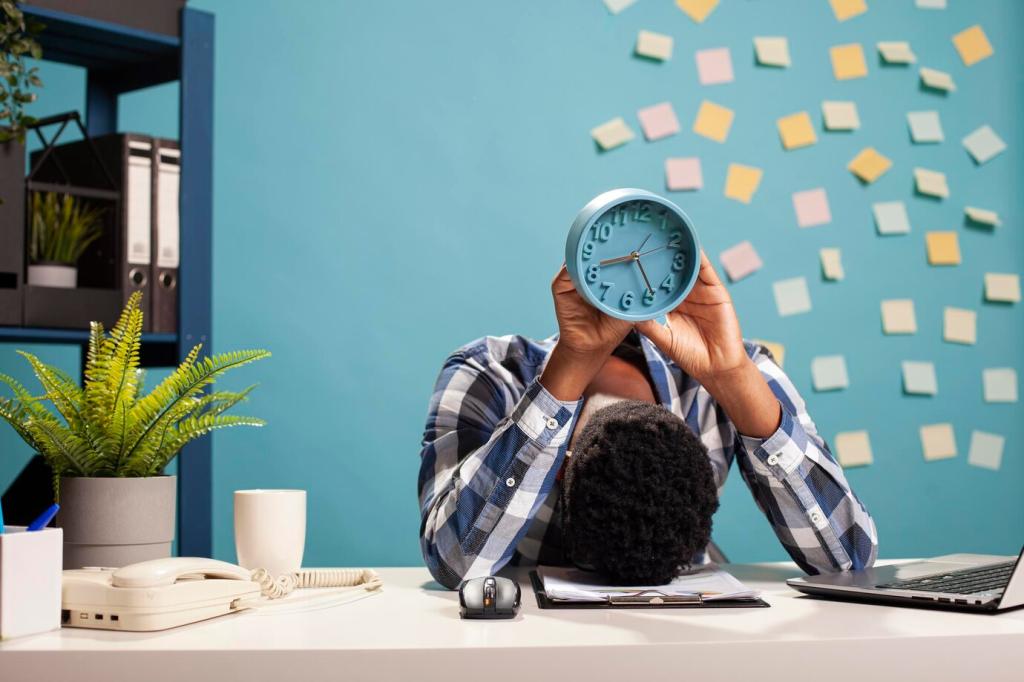Color Zoning: Map Your Space to Your Tasks
Use muted blues, dusky greens, or slate tones behind your monitor to minimize distraction and soften peripheral glare. A low contrast backdrop supports sustained concentration, helping you slip into flow faster and return to it after inevitable interruptions.
Color Zoning: Map Your Space to Your Tasks
For video calls, choose mid tone colors like soft olive, denim blue, or warm taupe. They flatter skin tones and communicate calm competence. Avoid intense reds behind you, which can feel aggressive on camera and distract from your message and facial cues.










